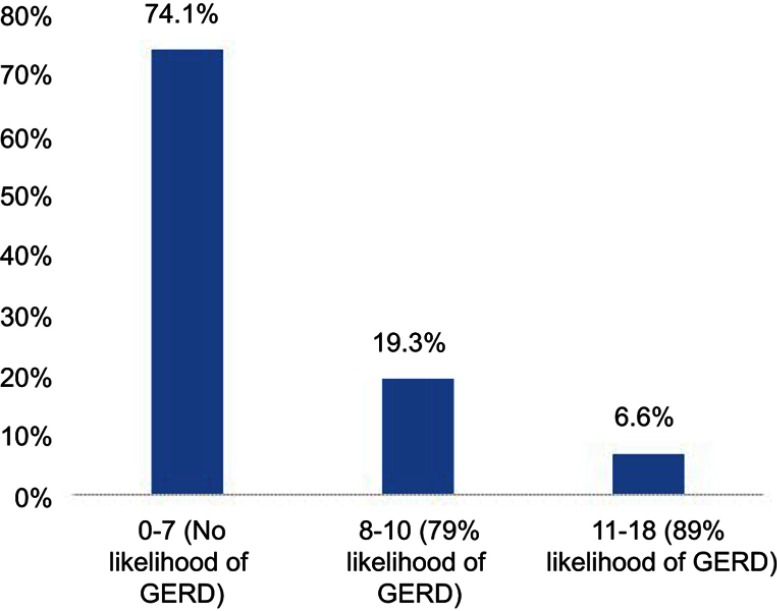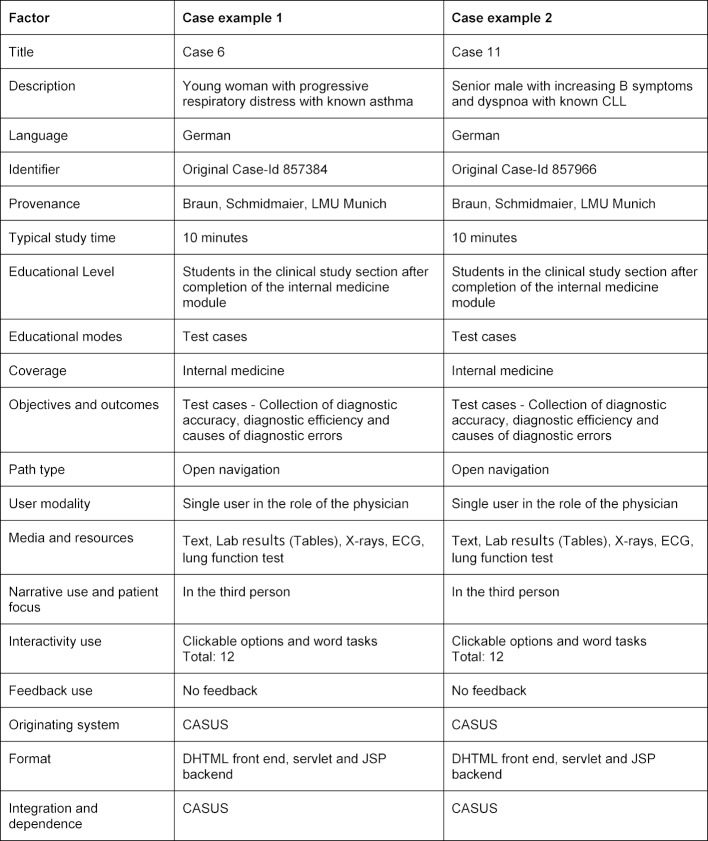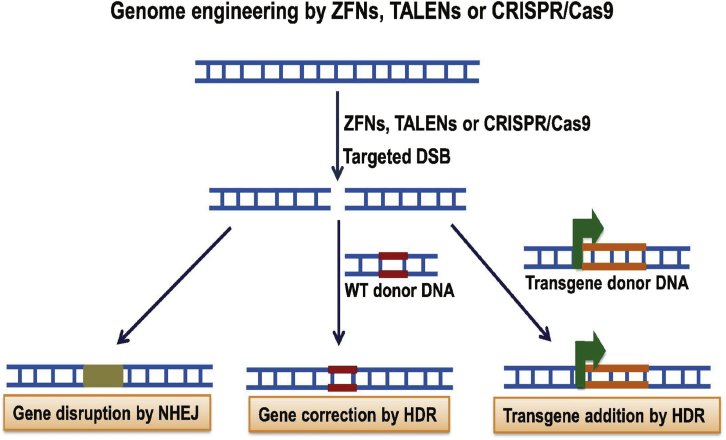Gastro-oesophageal reflux disease (GERD) is a typical gastrointestinal disease worldwide that’s associated with impaired high quality of life and greater risk of issues.
The identification of risk factors is critical for preventive measures. The purpose of this research is to judge the prevalence of GERD symptoms in addition to its relation to physique mass index (BMI) and different risk factors among medical college students of Jeddah and Rabigh branches, King Abdul-Aziz University, Saudi Arabia.A cross-sectional research was carried out on the Faculty of Medicine in Rabigh, King Abdul-Aziz University, Saudi Arabia.
The research included 197 medical college students from Rabigh and Jeddah branches of the college. The research employed a Gastroesophageal Reflux Disease Questionnaire which is derived from a self-administered validated GERD questionnaire (GerdQ).
ResultsThe prevalence of GERD symptoms was 25.9%. The most frequent symptoms had been regurgitation and burning sensation. High BMI, household historical past, power drinks and fried meals had been discovered to be statistically important risk factors (p<0.05) by univariate evaluation.
However, the logistic regression for the prediction of GERD symptoms among medical college students confirmed that solely household historical past had a major correlation (p<0.05).GERD symptoms had been widespread in medical college students of King Abdulaziz University, Saudi Arabia.
Family historical past was discovered to be a major predictor of GERD symptoms. Effective instructional methods for teams with important risk factors of GERD should be applied.

Association between private, medical and constructive psychological variables with somatization in college well being sciences college students.
Objective: To measure private, medical and psychological constructive and destructive variables and to find out their relation with somatization in a pattern of well being sciences college students.
Subjects and strategies: A complete of 594 (34.43%) of the 1725 well being science college students of a public college answered an internet survey with private and medical data in addition to the next psychological variables: phsychological well-being, 5 aspects mindfulness questionnaire (FFMQ), life satisfaction, despair, and tutorial stress. Additionally, the presence of 11 somatic symptoms and 11 illnesses over the past yr was measured.
Results: Most college students had been girls (74.06%) who had been 19.96 ± 4.28 years outdated. The world frequency of somatization within the earlier yr was 66.59%, and the presence of any measured disease 14.75%.
With the multivariate evaluation, self-acceptance was essentially the most associated variable (negatively) with somatization, adopted by the sum of illnesses, feminine gender, tutorial stress, smoking, and despair, in a mannequin with an R-value of 0.634, self-acceptance was additionally essentially the most associated variable (negatively) with despair, being this final essentially the most associated variable with tutorial stress.
Conclusions: After analyzing all variables thought of on this research, self-acceptance was essentially the most associated variable with somatization and despair; this highlights the significance of strengthening the acceptance of the self within the scholar inhabitants with a view to forestall these circumstances and their penalties.


